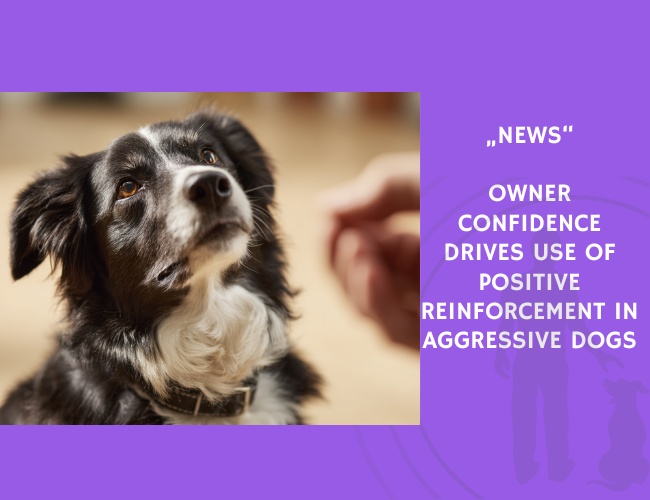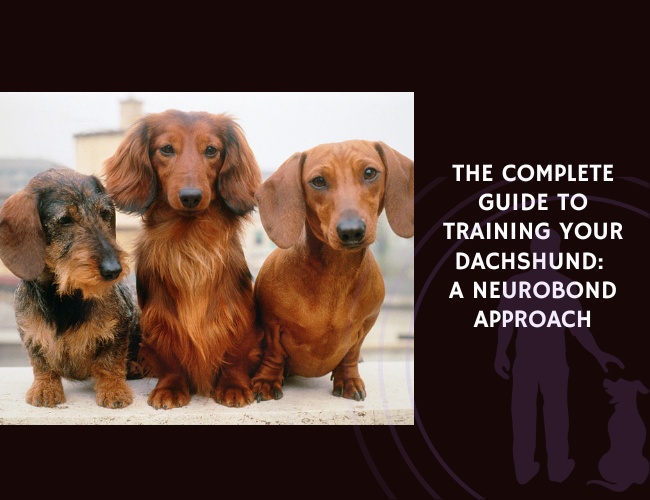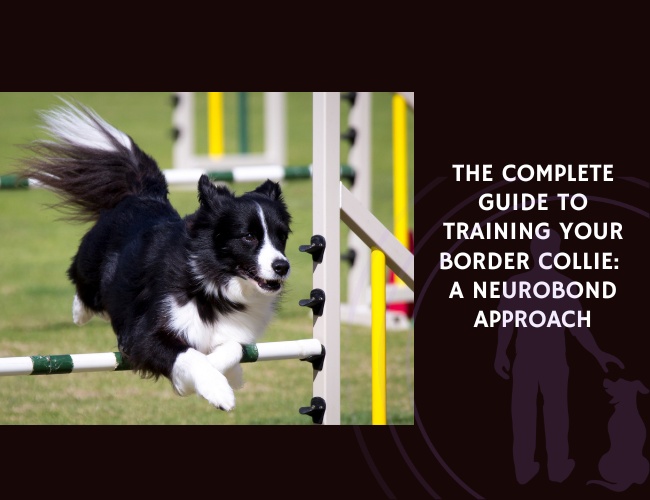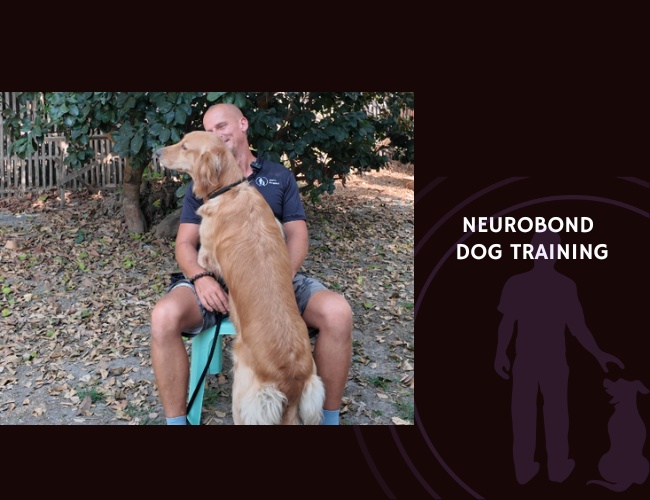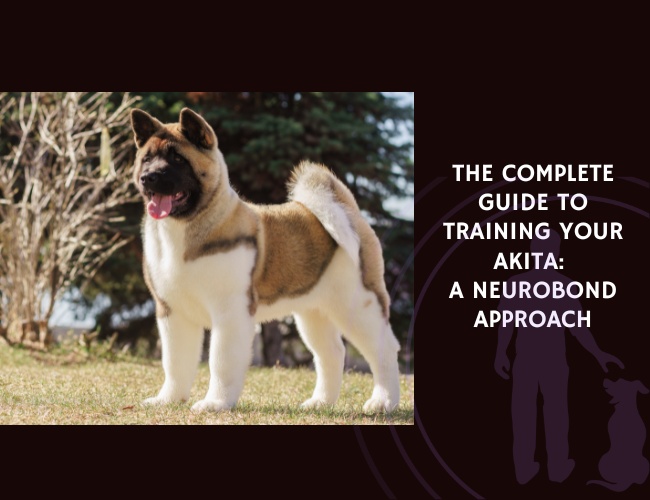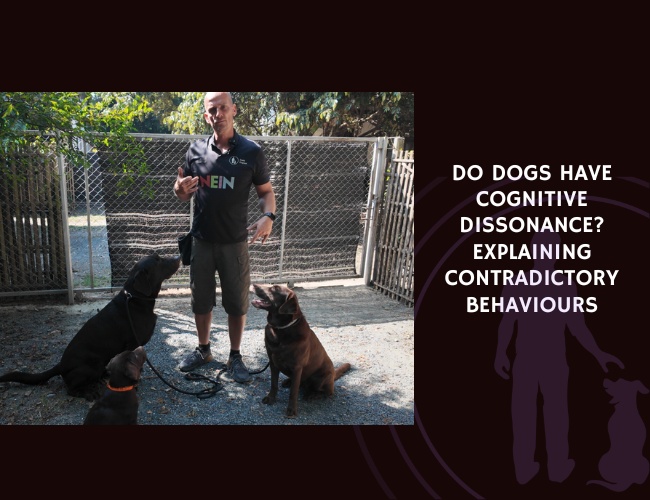Published in Risk Analysis on May 28, 2019, the study by **Emma J. Williams and E. Blackwell** investigates why some dog owners use **positive reinforcement** to manage aggression while others still rely on outdated punishment-based methods.
The researchers applied **Protection Motivation Theory (PMT)** to analyze responses from dog owners, exploring the psychological factors that influence training choices. Key findings show that two main variables—**perceived efficacy of positive reinforcement** and **owners’ confidence in their ability to apply it correctly**—are strong predictors of both current and future use of these methods.
The study emphasizes that while **positive reinforcement is widely supported** by science as the most humane and effective way to reduce aggressive behavior, actual usage depends heavily on how capable and empowered owners feel. Emotional factors such as stress, frustration, and social pressure also play a role, particularly during difficult training moments.
To increase adoption of humane training techniques, the authors recommend **owner-focused interventions** that boost skills, build confidence, and address the emotional challenges of behavior management. This approach could reduce aggression risks while improving outcomes for dogs and their families.
Source: Williams, E. J., & Blackwell, E. (2019). Managing the Risk of Aggressive Dog Behavior: Investigating the Influence of Owner Threat and Efficacy Perceptions. Risk Analysis, 39. https://doi.org/10.1111/risa.13250

